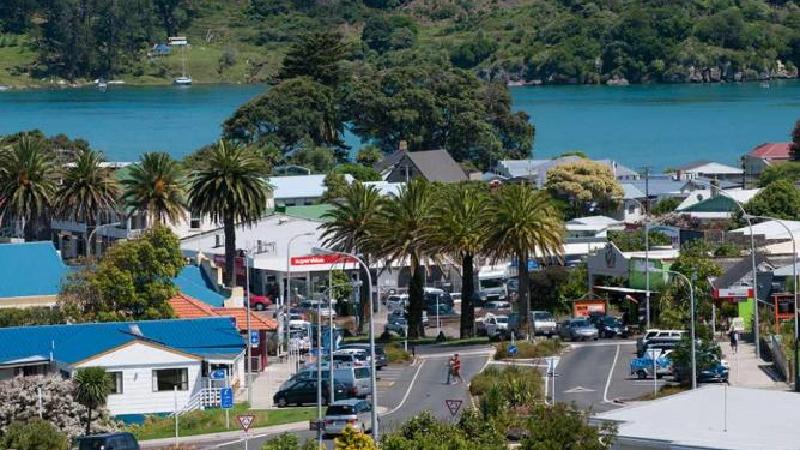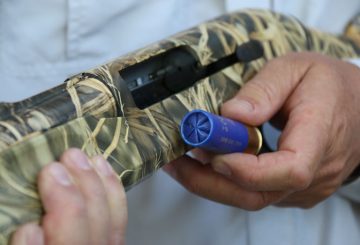Jennifer Jones, the first female president of Rotary International, has praised local projects in New Zealand as some of the best she’s seen during her global travels. Jones, who is from Canada, became the world president of Rotary International in 2022, making history as the first woman to hold that position in the organization’s 118-year history.
Jones was in New Zealand to visit projects run by several clubs. She visited Nelson and Tasman before heading to Christchurch to be the keynote speaker at the South Island Rotary Conference. She was particularly impressed by the projects she saw in Nelson.
Jones joined Rotary in the 1990s. Before that, she worked as a reporter covering the club’s meetings at a time when women were not allowed to join. This changed in 1987 when the US Supreme Court ruled that Rotary clubs could not exclude women based on their gender. However, it took another 35 years for a woman to be appointed as the organization’s world president.
Jones said being the first female president was a complete honor and she hoped it would inspire others. She said, “Perhaps it has opened the door for someone who says: ‘if she can do it, so can I’, and I am really happy about that.”
Rotary International now has over 1.4 million members in about 46,000 clubs across more than 200 countries. During her time as president, Jones traveled to 57 countries, including New Zealand, which she said is one of her favorite countries.
While in Nelson, Jones visited several Rotary-funded projects. These included a drop-in center for the homeless, a mentor program for young people, and a food waste minimization service. She also met with volunteers from Days for Girls, a non-profit organization that makes and distributes reusable menstrual health products. These products are often given to girls who would otherwise miss school during their monthly periods.























































-helped-regain-her-strength-and-balance-using-Nymbl-after-a-fall.-660x440.jpg)


